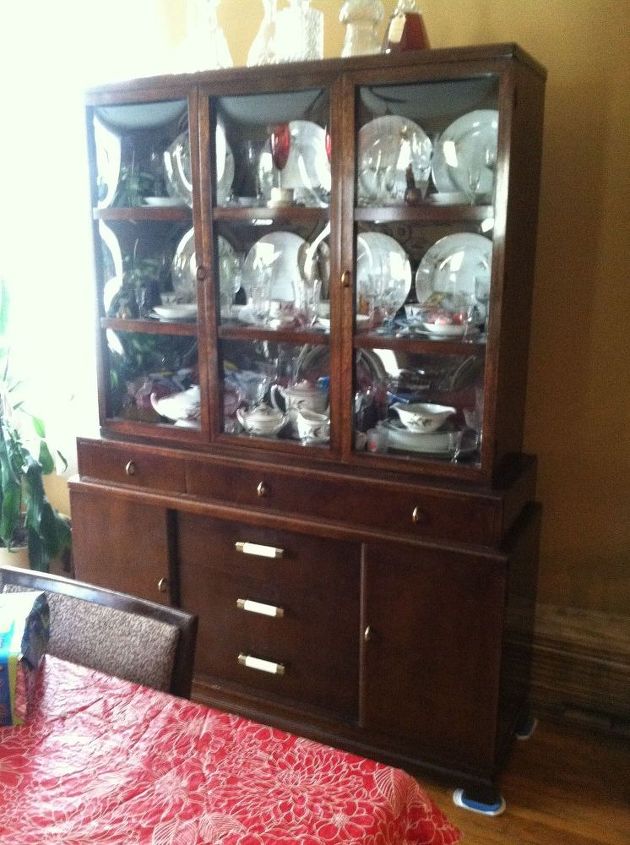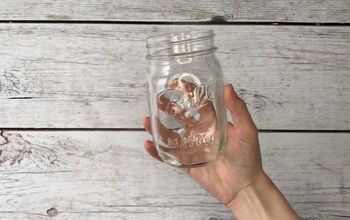Glazing over chalk paint
Related Discussions
Should I paint or stain my oak kitchen cabinets?
I was wondering if you could help me with something -- I have an entirely oak kitchen. I know it's the rage now to paint or gel stain cabinets. I've been considering ... See more
How to match ceiling paint?
Can someone tell me how to match paint for a ceiling touch up job?I cut a small patch of dry wall paper out of the ceiling and had paint made at Home Depot TWICE! Sti... See more
How to stain wood deck?
Tips to stain my wood deck?
How to stain wood cabinets?
How do I stain my wood cabinets? Do I have to remove them and put them back, or can I stain them while they are attached?
How to make wax so smooth over chalk paint
How do I get my cabinet so smooth after chalk painting it?
Can chalk paint be used right over varnished stain piece of furniture?
Can I just chalk paint over this furniture?
Can You Paint with Water Based Enamel Paint Over Chalk Paint?
I am in the process of painting a Singer Sewing cabinet with ASCP. I would like to add a stencil over the chalk paint in white, but I don't want to have to buy a tin... See more



can you glaze over chalk paint and then apply a clear wax as a sealer?